If you live in warmer climes, Southern wax myrtle should be on your list of favorite landscaping plants. Learn how to propagate and grow Southern wax myrtle and add beauty and versatility to your yard. It can be shaped, will grow darn near anywhere, is a fast grower, and is popular with birds.
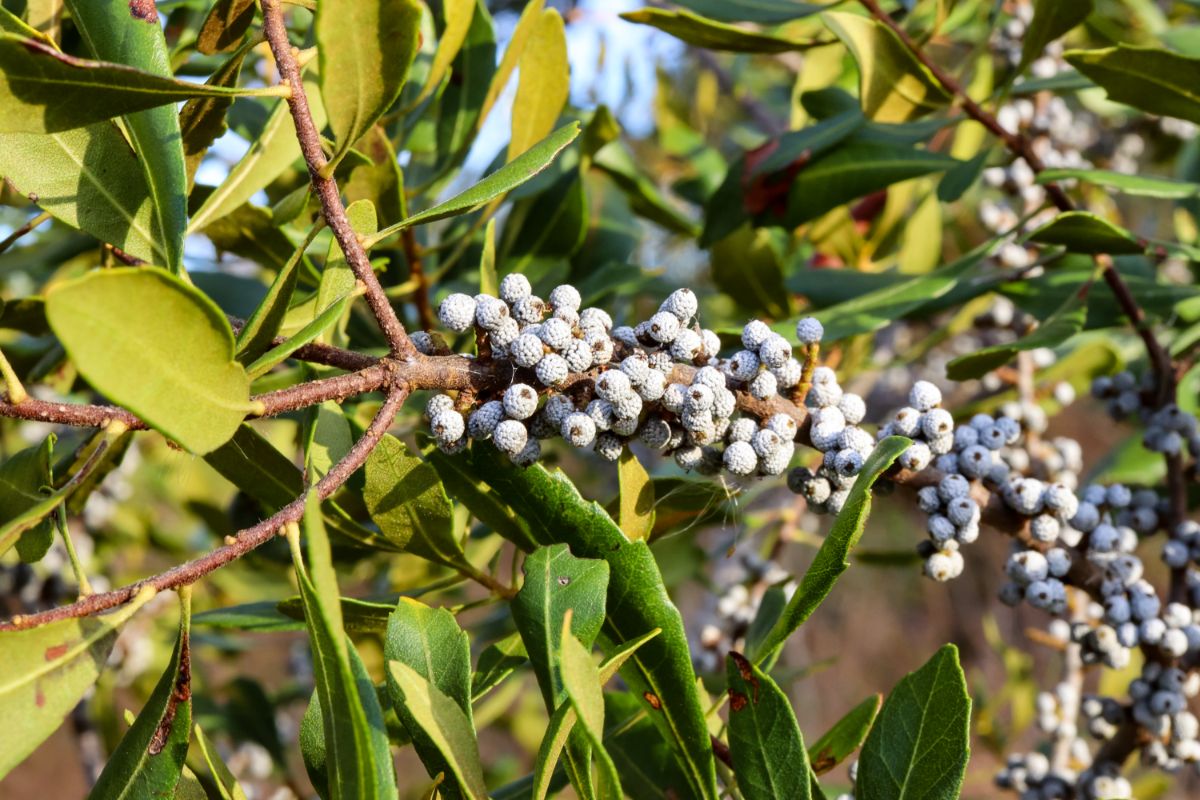
Jump to:
Southern Wax Myrtles
Known botanically as Myrica cerifera, you may also see the name Morella cerifera–botanists are not settled on the issue. Southern wax myrtle also goes by the names Southern bayberry, bayberry, candleberry, and tallow shrub. It has long, narrow, aromatic leaves densely packed on the shrub.
The fruits on wax myrtles look like berries but are actually drupes. These fruits have an outer fleshy covering, and a hard inner layer sometimes called a stone, which protects the actual seed. Other typical drupes include cherries, olives, and peaches.
Landscape Uses of Southern Wax Myrtle
- Cerifera is an important native plant for wildlife in the southeast US, and is a larval host for several species of butterfly. The drupes are a valuable food source for songbirds, turkeys, quail, and even waterfowl.
Southern wax myrtle really shines as a screening plant. It is evergreen, a rapid grower, and tolerant of many poor conditions once established. Hedges of southern wax myrtle can establish quickly. In some cases, at the rate of 3 feet per year or more.
It doesn’t mind wet or heavy soils and, perhaps best of all, is highly deer resistant. The aromatic leaves are a culinary turnoff for deer, and they rarely ever browse it. Some people find the deer so repelled by the scent that they plant M. cerifera around their garden to help discourage the hoofed browsers from nibbling their plants.
How to Grow Wax Myrtles from Cuttings
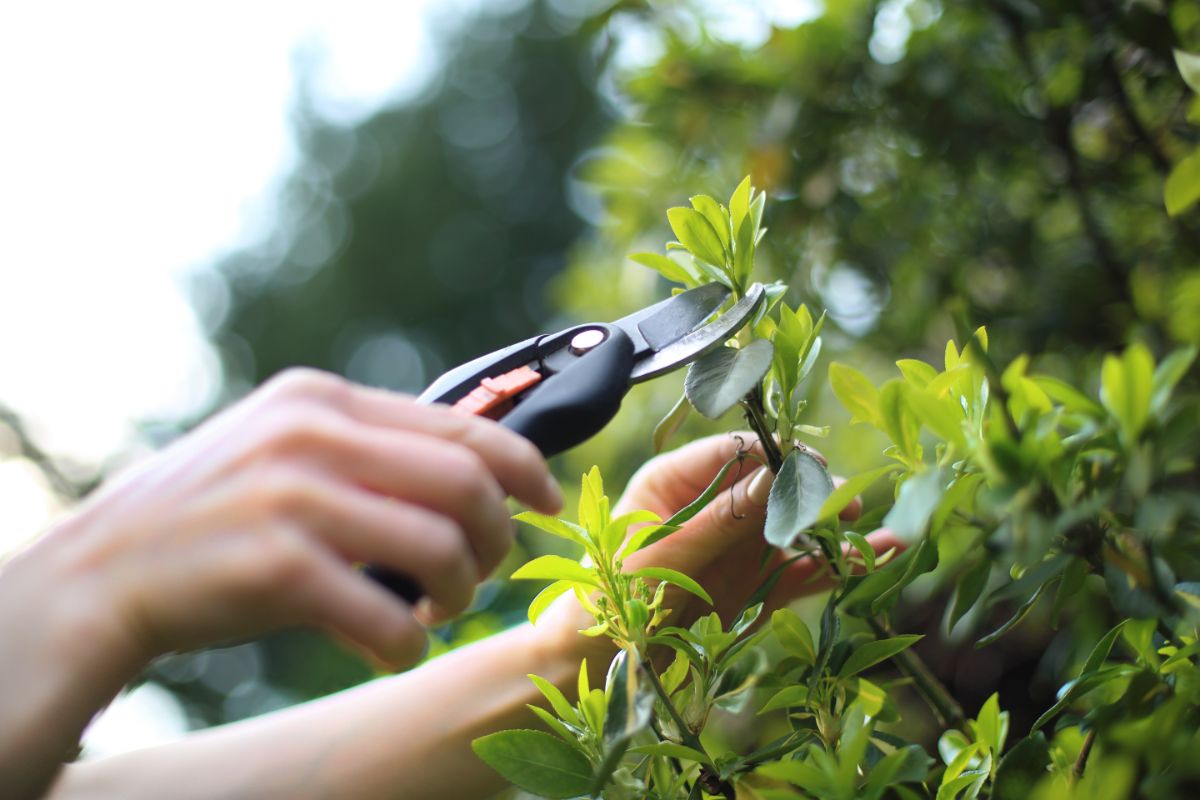
Wax myrtles will propagate from softwood or semi-hardwood cuttings.
Softwood cuttings should be taken in late spring or early summer when the new growth can still be dented or damaged by a fingernail and hasn’t turned finished turning woody. Softwood cuttings are more prone to drying and wilting, so keep them moist and stick them as soon as possible after harvesting.
Semi-hardwood cuttings from Southern wax myrtle are best taken in late summer, typically around August. Wax myrtle semi-hardwood cuttings harvested in summer, properly treated, and cared for can enjoy as high as 80-90% rooting success.
To Propagate Wax Myrtle Plants From Cuttings
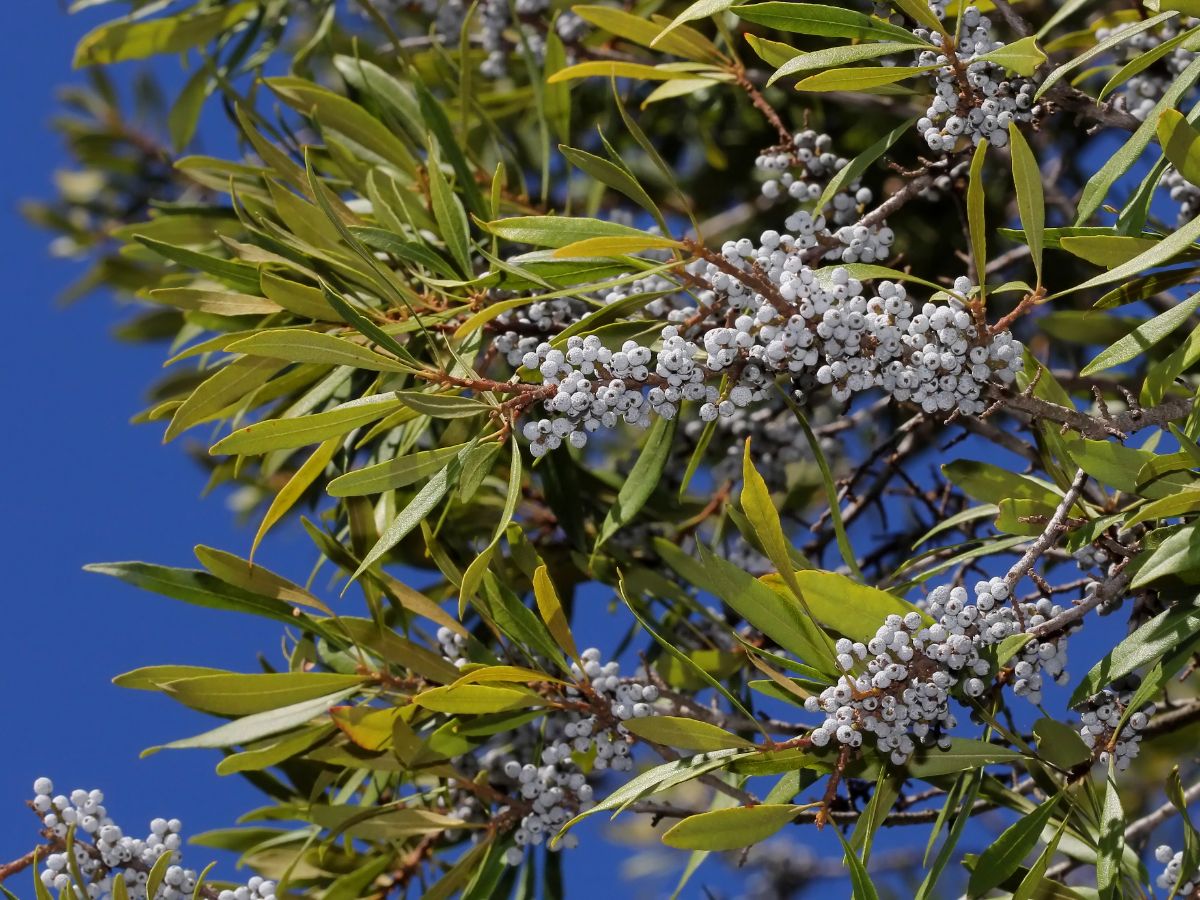
- Fill a container or pot with a pre-moistened medium of your choice. A 1:1 ratio of coco coir and perlite works well. Make sure the container has drainage holes in the bottom.
- Select pieces of stem about 6 inches long. Use stem tip cuttings for wax myrtle. An ideal cutting will have the growing tip and top leaves and several nodes below that.
- Trim your cuttings off with sharp scissors or secateurs just below a node.
- Gently remove the leaves from the bottom nodes. These stripped nodes are where roots will develop.
- Use the edge of scissors or a knife to lightly scrape some bark from the bottom of the cuttings. Don’t get too frisky. Remove only the outermost layer and expose some of the light green cambium underneath.
- Dip the end of the stem in a rooting hormone. An IBA quick dip of 5000ppm works the best, but powdered rooting hormone can also be used, albeit with slightly less success. Dip the basal (bottom) end of the cuttings about an inch into the solution for around 5 seconds, then immediately stick them.
- “Stick” the cuttings, right-side up, in your rooting mix. Make a hole with a pencil and then firm up the soil around the cutting if you like. The cutting should have all the stripped nodes buried.
- Multiple cuttings can be placed several inches apart in the same pot or flat. Try to set them far enough apart that the leaves don’t touch.
- Wax myrtles root best when the cuttings are misted to maintain humidity, but you can mimic the professional nursery environment with a spray bottle and a humidity dome or bag.
- Place the cuttings in a bright location out of direct sunlight.
- In about 4 weeks, check the progress of your new wax myrtle’s roots by gently giving the stem a little tug. If there is resistance, your cutting has grown roots.
Transplant rooted cuttings into individual pots and supplement with a slow-release general-purpose fertilizer. Plant them out in your yard or garden when they have rooted well and are of an appropriate size.
Growing Southern Wax Myrtle From Seed
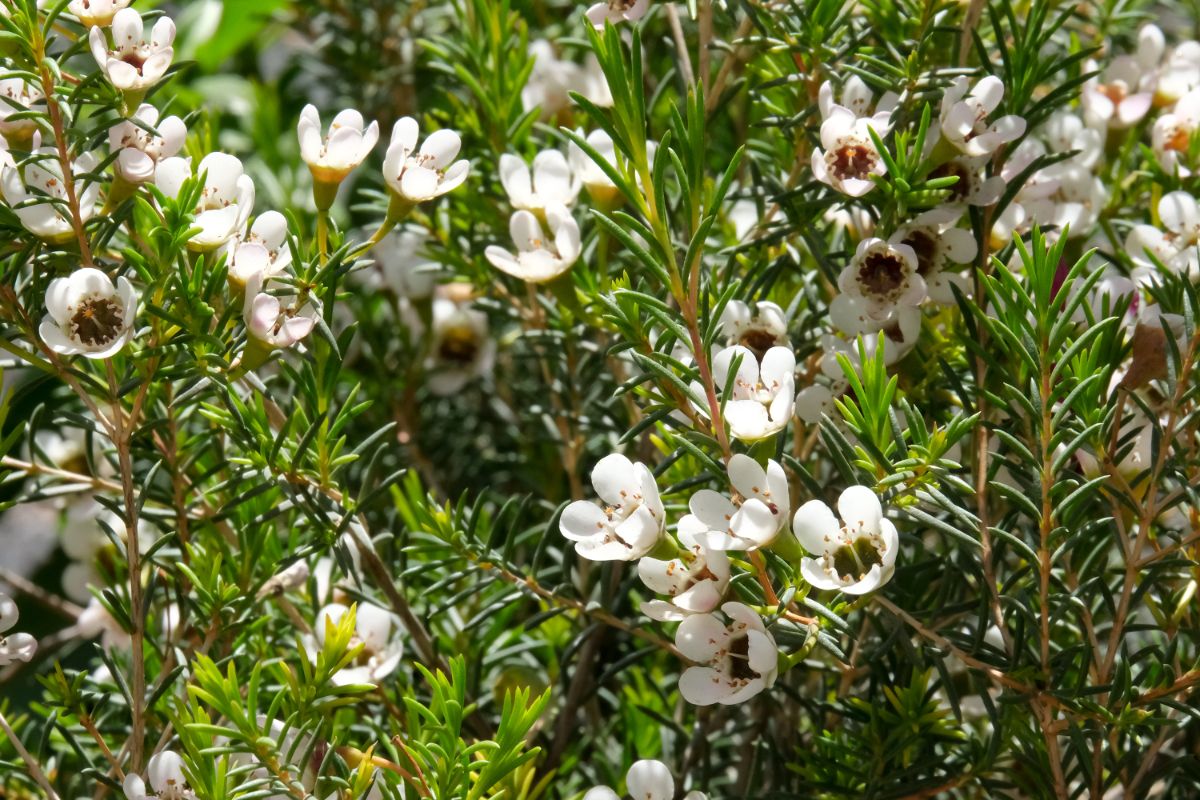
If you or a neighbor have a Southern wax myrtle that makes fruit, you are in luck, as these plants will germinate readily from seed. Many nurseries propagate this plant from seeds instead of cuttings. Gather the fruits in autumn before the birds get them all.
- The small fruits are covered in a grayish-white waxy substance. Leave this on for now.
- Cold stratify the seeds (inside their fruits) for 2-3 months. A small container filled with sawdust in an unheated garden shed or garage would work fine. Temperatures around 32-40 degrees are ideal. Or, plant the seeds outdoors in the fall and let nature do the work for you.
- Prepare the drupes by rubbing them vigorously back and forth across a screen until some of the “wax” is removed. It inhibits water uptake and normally would be removed by the digestive enzymes in the birds and critters that eat the berries.
- Alternatively, wash the fruits in warm water and dish soap, then rinse off with cool water once about half the wax has been removed.
- Sow in trays and cover with a ¼ inch of vermiculite.
- Once true leaves appear, transplant them to small pots and grow to a larger size for planting out.
Tips for Growing Wax Myrtles
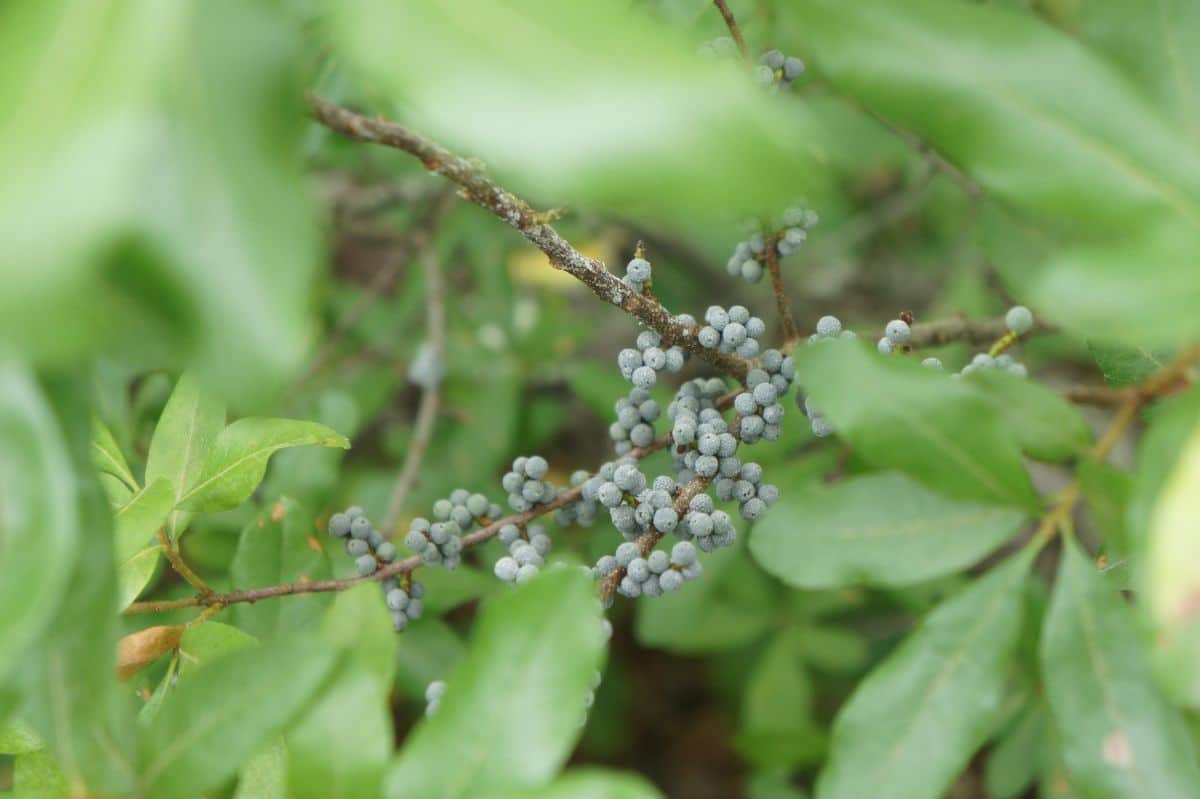
Southern wax myrtle is hardy in USDA zones 7-10. It is evergreen but may show some winter leaf drop in the northern part of its range. They can be grown as shrubs or pruned to form multi-trunk small trees, similar to a crepe myrtle.
Many populations of M. cerifera are dioecious, meaning there are male and female plants. However, a few monoecious strains exist. The only practical way to tell the difference is to watch for the fruits. Both sexes will flower, but only the female plants will produce fruits. Of course, both are needed to set a fruit crop.
If you are propagating wax myrtles for planting out a hedge or fencerow, ensure you take some cuttings from both a male and a female parent and avoid any problems.
Soil, Sunlight, and Fertilizer Needs of Wax Myrtles
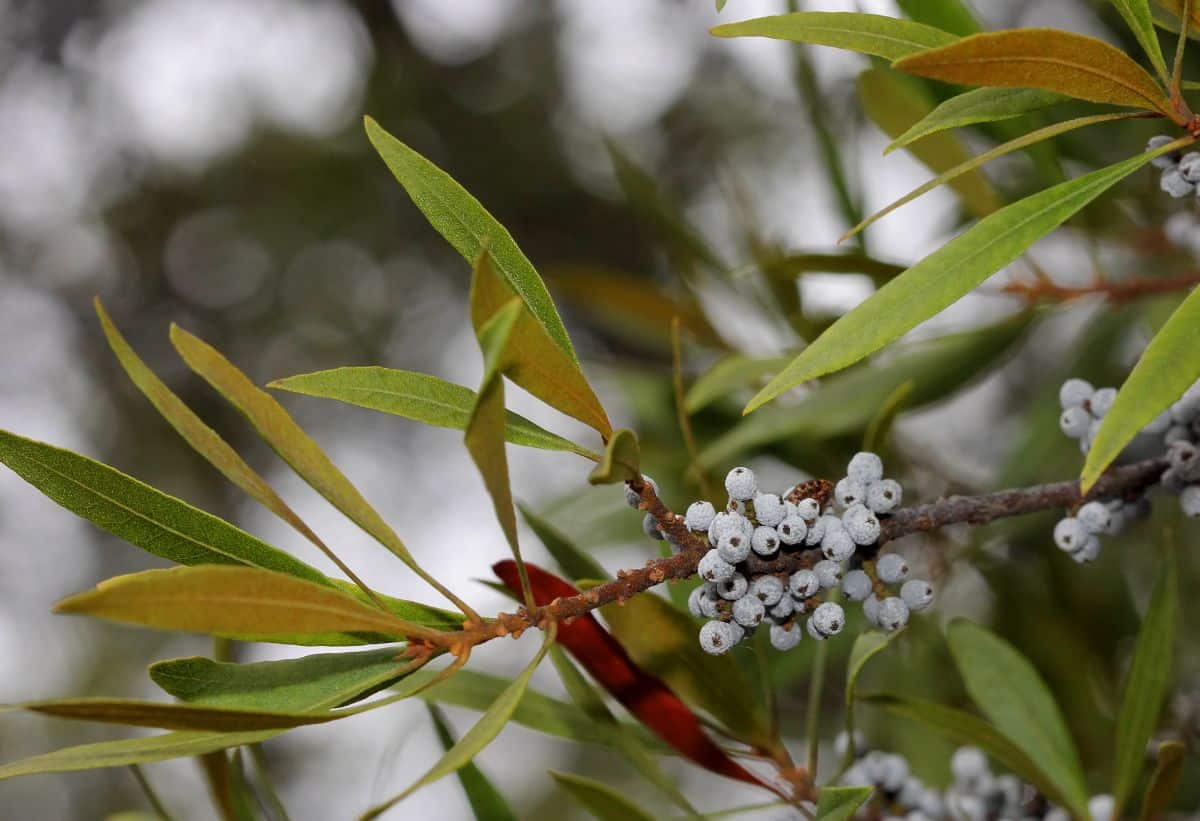
Southern wax myrtle will thrive in full sunshine but also do well in partial light shade. Heavier shade restricts growth and can cause spindly, leggy plants instead of full, thriving shrubs.
Wax myrtle is not picky about its soil. It will tolerate a wide range of pH, although very acidic soils should be adjusted. Once established, wax myrtles are fairly drought-tolerant and trouble-free.
- Cerifera is a nitrogen-fixing plant, which means it can draw atmospheric nitrogen (N2) from the surrounding environment and transform it into plant-available forms like nitrate and ammonia (NH3). Fertilization is unnecessary but can aid in more rapid growth for closing in hedges and screens.

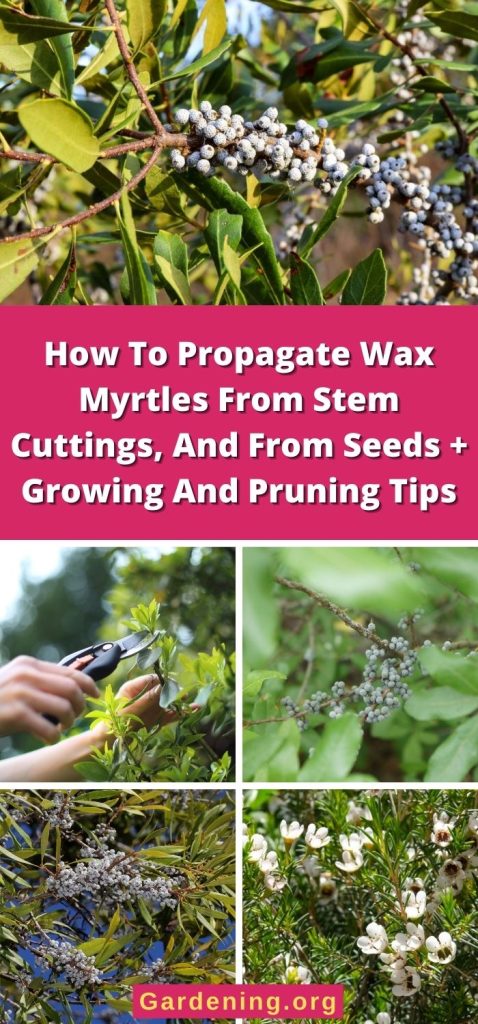
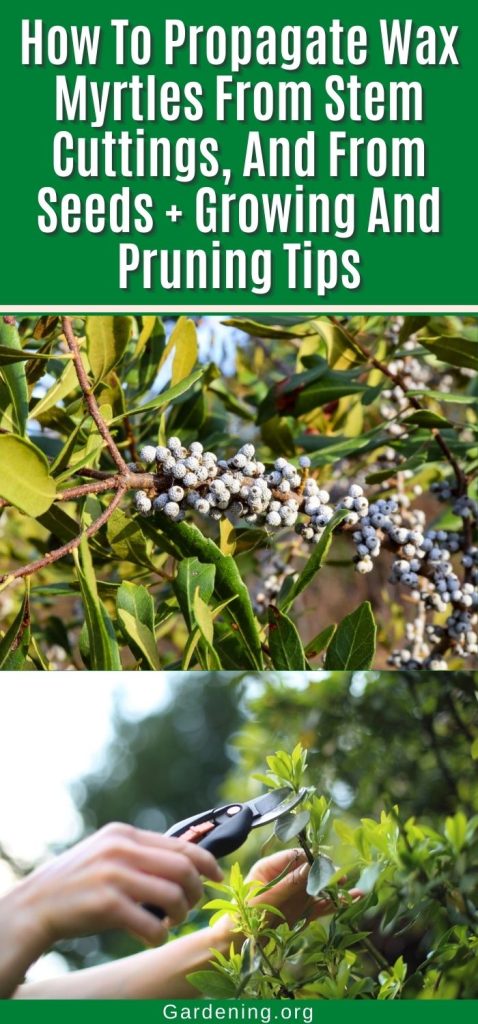
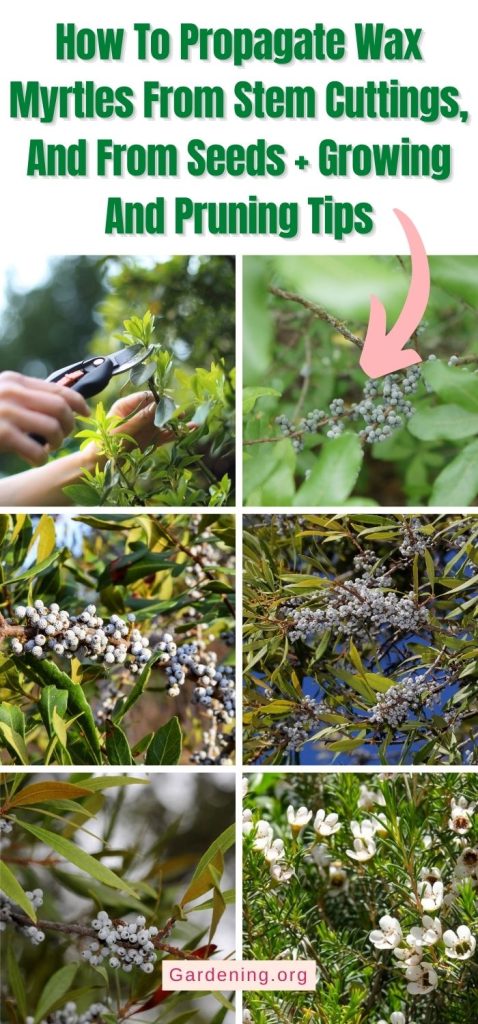
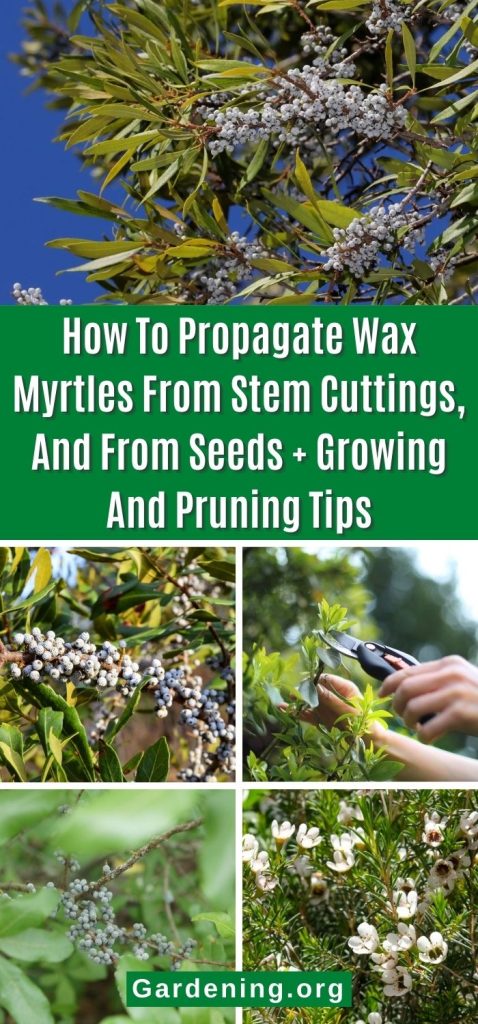




Leave a Reply